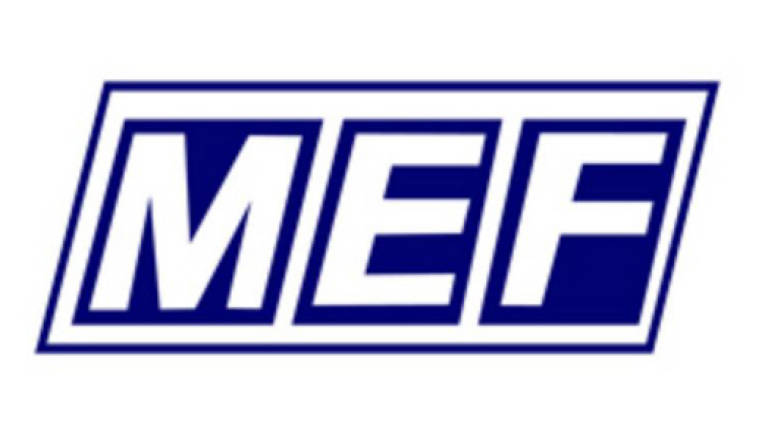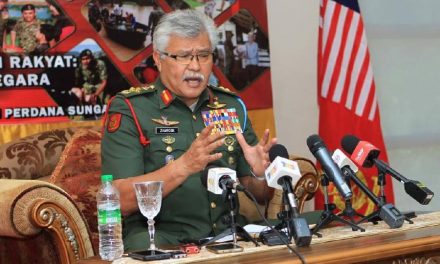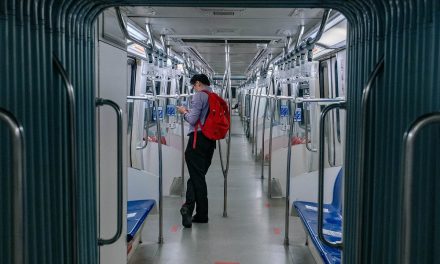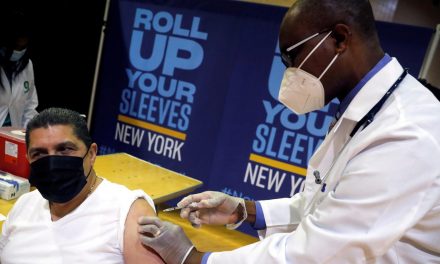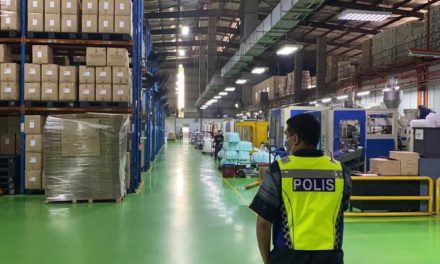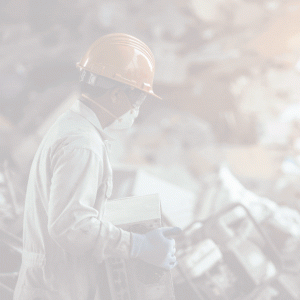The above regulations were made by the Minister of Human Resources on 1st March 2019 and will come into operation on 1st June 2019. The regulations are intended to ensure that employers identify excessive noise, protect employees and control excessive noise level at the workplace.
The Occupational Safety and Health (Noise Exposure) Regulations, 2019 under the OSH Act 1994 will supersede the Factories and Machinery (Noise Exposure) Regulations, 1989 on 1st June 2019. With the new regulations, the Factories and Machinery (Noise Exposure) Regulations, 1989 will be revoked and will only be valid up to 31st May 2019.
Highlights of The Occupational Safety and Health (Noise Exposure) Regulations, 2019 Under The OSH Act 1994
The employer’s roles and responsibilities under the regulations are as follows:
1. Identification of excessive noise
Regulations 3:
- The employer shall identify whether his employee may be exposed to excessive noise in the place of work;
- The employer shall re-identify whether his employee may be exposed to excessive noise:
- if there is a change in the machinery, equipment, process, work, control measures or operation at the place of work;
- not more than one year after the date of the previous identification; or
- if directed to do so by the Director General.
2. Noise risk assessment
Regulations 4:
- Upon the identification, employer shall appoint a noise risk assessor to carry out noise risk assessment by competent person registered with Director General.
- Upon receiving the report from the noise risk assessor, employer shall notify the employee who is exposed to excessive noise on the findings and recommendations within 14 days after receiving the report.
- The employer shall carry out recommendations by the noise risk assessor within 30 days after receiving report.
- The employer shall review the noise risk assessment
- not more than 5 years or
- if directed to do so by the Director General of DOSH.
3. Information, instruction, training and supervision
Regulations 5:
- Based on the noise risk assessment report, employer shall:
- provide adequate information relating to the effects of noise exposure on the hearing of a person and the requirement to undergo an audio-metric testing;
- give training and instruction on the proper usage of personal hearing protector to such employees at least once a year.
- supervise the implementation of noise exposure control at the place of work.
4. Noise exposure limit
Regulations 6:
- Employer shall ensure that none of his employees is exposed to:
- the daily noise exposure level exceeding 85dB(A) or daily personal noise dose exceeding hundred per cent;
- the maximum sound pressure level exceeding 115dB(A)
- the peak sound pressure level exceeding 140dB(C )
- Based on the report, employer shall take measures to reduce the excessive noise.
- Employer shall make an assessment whether it is practicable to reduce such excessive noise by way of engineering control or administrative control.
- The employer shall make a report on the assessment and shall upon request in writing from the Director General give a copy of the report within 30 days.
- Employer to ensure the engineering control is maintained in an efficient state and good working order.
5. Personal hearing protector
Regulations 7:
- Where an employer provides a personal hearing protector to an employee, employer needs to ensure that it:
- is suitable and efficient;
- is properly inspected, maintained and made available at all time;
- will attenuate the employee’s personal exposure below the limit;
- is approved by the Director General.
6. Hearing protection zone
Regulations 8:
- An employer shall ensure that any area at the place of work where a person is exposed to excessive noise:
- is marked with the words “HEARING PROTECTION ZONE” or in such other manner as determined by the Director General; and
- is demarcated and identified by an appropriate warning sign.
- An employer shall:
- provide a personal hearing protector in any hearing protection zone; and
- ensure that any employee or other person uses the personal hearing protector provide while in the hearing protection zone.
7. Audio-metric testing
Regulations 9:
- Where a noise risk assessment report shows that any employee is exposed to excessive noise, the employer shall cause an audio-metric testing to be carried on such employee annually.
- The employer shall appoint an audio-metric testing center approved by the Director General.
- The employer shall notify the result of the audio-metric testing to the employee within 21 days after receiving report from the audio metric testing center.
- Based on the report, any employee has a temporary standard threshold shift, the employer shall:
- cause a retest to be carried out by the audio-metric testing center on such employee within 3 months after the previous audio-metric testing was carried out ; and
- take such measures to protect the hearing of such employee from further deterioration.
- For cases of occupational noise-induced hearing loss, hearing impairment or permanent standard threshold shift, the employer shall:
- notify the nearest DOSH office;
- provide a personal hearing protector to such employee;
- train such employee on the usage of the personal hearing protector.
8. Duty of employer when audio-metric testing is carried out
Regulations 10:
Employer shall ensure that the audio-metric testing is carried out:
- at no cost to the employee;
- within 3 months after the employee commencing work at any area of the place of work which is exposed to the noise exceeding the limit specified;
- after the employee is being put in a quiet state of at least 14 hours without the aid of personal hearing protector.
9. Record to be kept
Regulations 11:
- An employer shall keep and maintain a record which contains the following:
- Noise assessment report for 30 year; and
- Audio-metric testing report of his employee for so long as the employee is employed and for a period of 5 years after the employee ceases to be his employee.
- Where an employer ceases to carry on business, the employer shall hand over all records to the new business owner.
- After the expiration period of records, the employer shall give the Director General 3 months notice in writing for his intention to dispose of such records.
10. Penalty
Any employer who contravenes the regulations stated above or commits an offence and shall, on conviction, be liable to a fine not exceeding RM10,000.00 or to imprisonment for a term not exceeding 1 year or to both
11. Cancellation of the FM (Noise exposure) Regulations, 1989
All program / provision under FM (Noise Exposure) Regulations, 1989 before the commencement of the OSH (Noise exposure) 2019 will be deemed as valid for the purpose of record and reference:
- Exposure Monitoring
Any exposure monitoring carried out before 1st June 2019 is valid for the period of 12 months after the enforcement of the OSH (Noise exposure) regulations, 2019.
- Engineering Control / Administrative Control
Any control measure implemented before 1st June 2019 is valid and in-compliance with the OSH (Noise exposure) regulations, 2019. Shall be deemed as valid record and reference.
- Audio-metric Testing
Any audio-metric testing conducted before 1st June 2019 is valid and in-compliance with the OSH (Noise exposure) regulations, 2019. Shall be deemed as valid record and reference.
- Record
All records maintained under FM (Noise exposure) Regulations 1989 is valid and in compliance with the OSH (Noise exposure) 2019, shall be deemed as valid record and reference.
- Proceedings
Any pending proceedings under FM (Noise exposure) Regulations 1989 is valid and shall continue under FM (Noise exposure) Regulation 1989.
- Approval
Any approval under the FM (Noise exposure) Regulations 1989 is deemed approved under the OSH (Noise exposure) Regulations, 2019.
- Training
Any employer that has conducted a training program under FM (Noise exposure) Regulations, 1989 shall conduct one training program to the employees after the OSH (Noise exposure) Regulations, 2019 being enforced.
For more info on the Noise and Hearing Conservation on 26 June 2019 at Sri Petaling Hotel. Download eFlyer here: https://drive.google.


